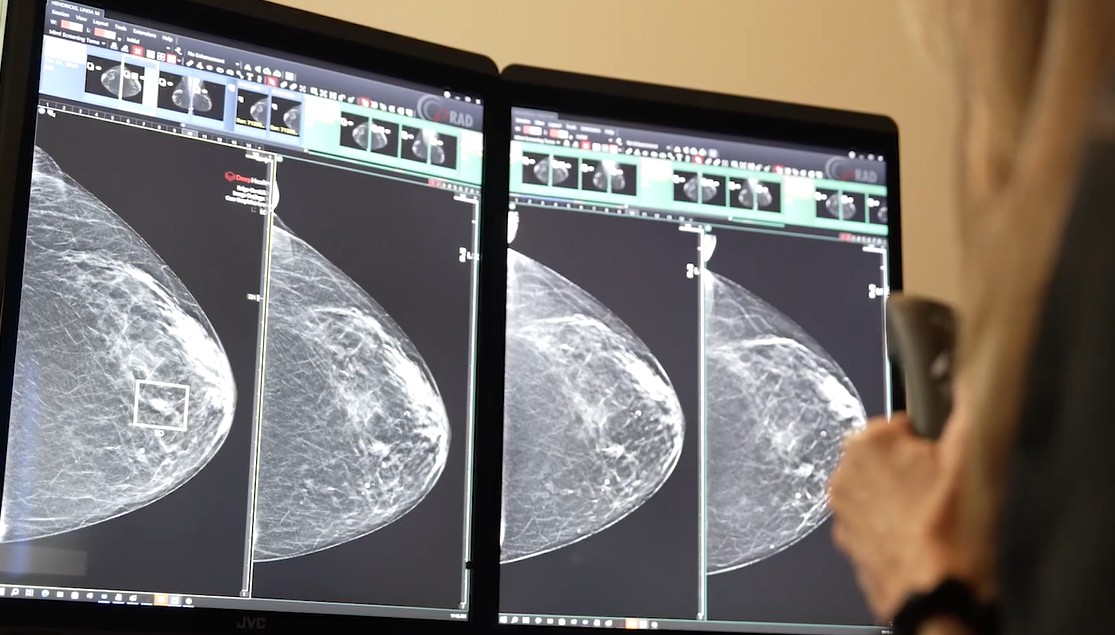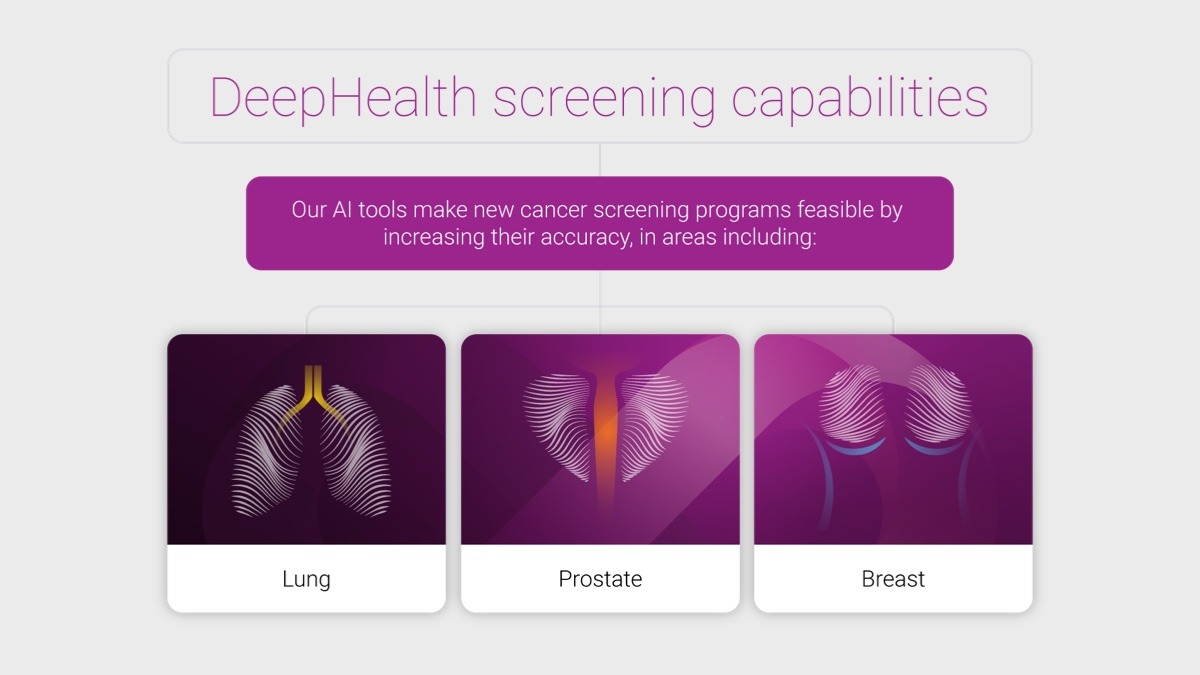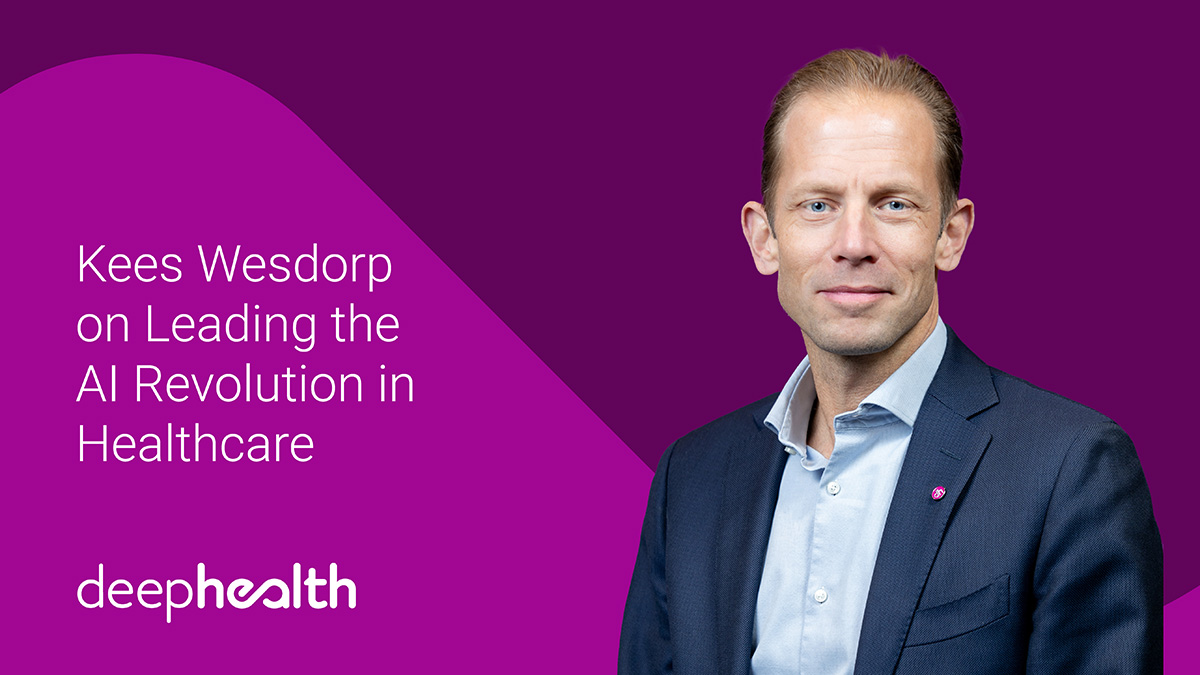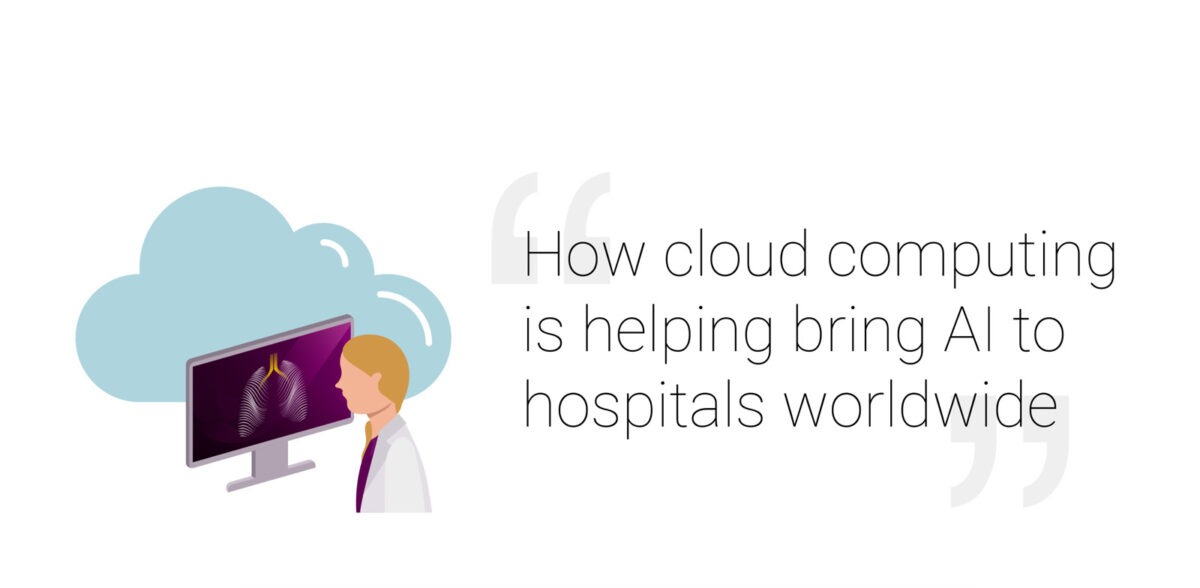Building patient trust in AI-powered breast screening starts with clinician confidence. As radiologists increasingly integrate AI into mammography workflows, understanding how to confidently and clearly communicate AI’s role becomes essential for both patient acceptance and program success. While AI-powered mammography has been shown to increase breast cancer detection rates, many clinicians face questions from their patients.1

Common concerns include fears that technology might compromise human expertise and questions about accuracy, such as whether AI can be trusted to identify subtle signs of cancer. For many, the idea of introducing unfamiliar technology into such a personal and often anxiety-inducing exam can create hesitation, especially when patients may not fully understand how AI is being integrated into their care.
In this conversation, we brought together the following three experts to share practical insights on how to communicate about and build patient trust in AI:
- Greg Sorensen, MD, Chief Science Officer, RadNet
- Jacqueline Holt, MD, FACR Senior Medical Director, New York and Delaware Imaging Network, RadNet
- Niccolo Stefani, Business Leader Population Health & Clinical AI, DeepHealth
From workflow optimization to equity in detection, these leaders break down what clinicians need to know to have conversations with their patients while also confidently integrating AI into their practices.
How does AI support breast cancer screening?
Dr. Greg Sorensen: Screening at scale is logistically and operationally difficult because it requires consistently interpreting large volumes of studies. The pressure can be intense, especially with limited resources and increasing demand. Performance can vary depending on a lot of factors, including fatigue, experience, and time of day. Radiologists are human. That’s where AI-powered solutions can truly make a difference. With AI, we can capture the expertise of top radiologists, embed it into software, and make that expertise available everywhere—consistently, instantly, and at the scale needed to deliver high-impact screening programs.
How does AI support radiologists in delivering a consistently high standard of care?
Dr. Greg Sorensen: One of the most transformative impacts is AI’s ability to close gaps in care for underserved populations. Many patients, due to geography, specialist availability, or other factors, have not been able to access the care they deserve. AI helps level that playing field. With AI assistance, every radiologist, regardless of experience, can deliver a consistently high standard of care.2 That helps make high-quality breast screening available to populations who have never had it before.
How does AI help radiologists read scans more confidently?
Dr. Jacqueline Holt: The breast AI helps me home in and read smarter, and therefore more efficiently, because I’m focusing on what matters in the image. It guides my attention directly to the most important areas of the mammogram, where the highest risk of cancer may be. Once I’ve reviewed that, I can move through the rest of the image with more confidence.
How does AI help radiologists read faster and more efficiently?
Dr. Jacqueline Holt: One of the great features of the AI tool I use, DeepHealth’s breast AI, is the ability to sort my case list in the background anytime, prioritizing the mammograms that are most likely to contain cancer. Sorting from highest to lowest risk allows me to increase my efficiency and focus my time where it matters most. This has significantly improved the way I move through mammograms. The AI not only points me to the most critical areas first, but it also supports a more streamlined and confident workflow. I’m reading faster and more effectively, and that’s a real game-changer in high-volume screening.
Why are cancers sometimes missed in screening programs?
Dr. Niccolo Stefani: As Dr. Sorensen explained, high-volume screening programs are challenging. They require consistent interpretation across high volumes of patients. And even with modern imaging, screening programs aren’t infallible. Some of the most aggressive cancers are the hardest to spot. While mammography has advanced, we know that subtle cancers and reader variability can still lead to missed diagnoses.
How does AI help improve detection and reduce the number of missed cancers?
Dr. Niccolo Stefani: As part of RadNet’s Enhanced Breast Cancer Detection program in the US, DeepHealth’s breast AI has been shown to improve breast cancer detection by 21%.1 This means fewer cancers are missed. Real case studies demonstrate the impact of breast AI, specifically when using the AI-powered safeguard second-review process. In each case, this helped catch cancers that were almost overlooked.1 That’s the real impact—finding breast cancer at the earliest stage possible.
How do you know the AI isn’t just working for certain people?
Dr. Niccolo Stefani: DeepHealth’s breast AI is trained on more than 300,000 studies (140k+ patients) and 24,000 biopsy-proven cancer exams. Our case studies represent a diverse set of patients with various breast tissues and cancer types, including aggressive triple-negative cancers, subtle spiculated lesions, and deceptive masses that initially appeared benign. We’re seeing improved detection rates across tissue densities and for at-risk populations, including a 23% increase in detection rate for women with dense breasts, a 20% increase for Black/African American women, and a 22% increase for Hispanic women.1
What are radiologists reporting about AI integration in real-world workflows?
Dr. Greg Sorensen: At first, there was a lot of skepticism. Radiologists were understandably cautious about trusting AI. But after working with the AI and seeing the results, that’s changed. We’ve been doing AI-powered breast cancer screening for two years through RadNet’s Enhanced Breast Cancer Detection program. Through this program, more than 2 million patients have leveraged AI for earlier detection. I now get letters from radiologists saying they are grateful to be using AI tools for breast cancer detection because the tools help them do their jobs better. They are catching cancers they might have otherwise missed. That’s a huge win for both clinicians and for patients.
What’s next on the near horizon for AI-powered breast cancer detection?
Dr. Niccolo Stefani: In breast cancer, traditional screening approaches, while lifesaving, often treat all patients the same. This leads to gaps in detection, particularly for those with dense breast tissue or elevated risk profiles. New research is showing that image-based AI risk models can nearly double the detection of cancers within one year compared to traditional survey-based methods, capturing up to 47% of cancers versus 20% identified through standard lifetime risk sources.3 By generating accurate short-term risk assessments, such as one-year or three-year projections, screening programs can better
Takeaway: AI-powered breast screening can transform outcomes
This conversation demonstrates how AI in breast cancer screening can transform outcomes for both patients and care teams. The case studies presented here underscore AI’s critical role in breast cancer screening. As these technologies continue to evolve, clinicians who understand and embrace AI’s role will be positioned to build patient trust, impact population health outcomes, and lead the next generation of cancer screening programs. The evidence is compelling, the tools are tested, and the opportunity to help stage-shift cancer and save lives is right ahead of us.
References:
1) ProFound Pro + SafeGuard Review used in a safeguard review process improved cancer detection rate by 21% in a study of over 575,000 patients, showing the same benefits across racial subgroups and 23% CDR increase for women with dense breasts. Under review: Louis et al. “Impact of Multistage AI-Driven Workflow on Breast Cancer Detection Across Racial and Density Groups: A Prospective Cohort Study.”
2) Applications within DeepHealth’s Breast Suite enable specialist-level performance for all general radiologists. Kim J.G. et al. “Impact of a Categorical AI System for Digital Breast Tomosynthesis on Breast Cancer Interpretation by Both General Radiologists and Breast Imaging Specialists.” Radiol Artif Intell. March 2024.
3) Eriksson M. et al. “A risk model for digital breast tomosynthesis to predict breast cancer and guide clinical care.” Science. May 2022.





